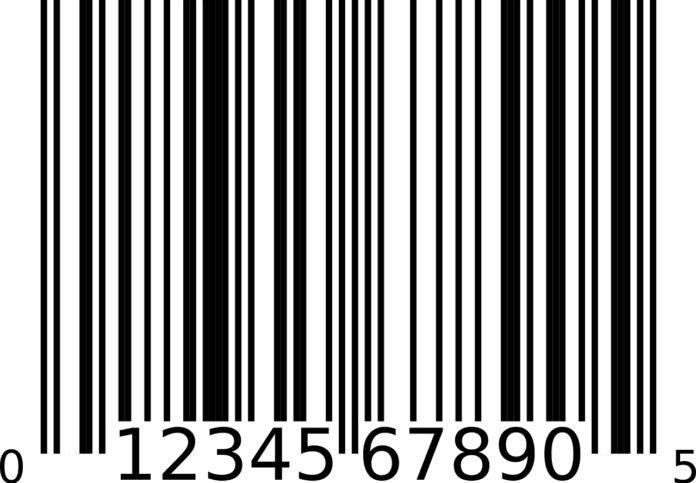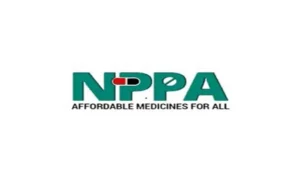Last Updated on September 8, 2023 by The Health Master
Barcodes for APIs
Barcodes: In a significant development, the Indian government is considering the expansion of its drug rules amendment, originally introduced to mandate the printing of barcodes or quick reference (QR) codes on 300 branded pharmaceutical formulations.
This expansion of barcodes would encompass 11 active pharmaceutical ingredients (APIs), including codeine-based cough syrups and various anxiety-related drugs.
This proactive measure aims to address the concerns surrounding the dual use and illicit trafficking of these prescription medications.
The Push for Expansion of Barcodes
A Drugs Consultative Committee (DCC) meeting in June this year took a pivotal step by recommending the extension of the provisions under the Drug Rules, 1945, introduced on November 17, 2022.
Initially, these rules required the top 300 branded drugs to feature barcodes on their packaging. The DCC now proposes to extend this mandate to include the 11 critical APIs.
The 11 APIs in Question
The APIs proposed for inclusion in this crucial amendment are:
- Codeine-based Cough Syrups: Due to their potential for misuse, codeine-based cough syrups are under scrutiny.
- Fentanyl and Its Analogues: Fentanyl, a powerful opioid, and its analogues are important to monitor due to their potency and potential for abuse.
- Buprenorphine Injections: Buprenorphine is widely used for opioid addiction treatment, making it vital to track its distribution.
- Tramadol: An opioid pain reliever with a risk of misuse and addiction.
- Alprazolam: An anxiety medication known for its potential for misuse and dependence.
- Nitrazepam: A sedative often used to treat insomnia.
- Diazepam: A widely used medication for anxiety and other conditions.
- Lorazepam: A medication commonly prescribed for anxiety disorders.
- Clonazepam: Another anxiety medication with potential for misuse.
- Zolpidem: A sedative-hypnotic medication prescribed for insomnia.
- Ketamine: Known for its anesthetic properties but is also used recreationally.
Addressing Dual Use and Illicit Trafficking
The decision to expand the drug rules amendment is a response to the Inter-Ministerial Committee’s recommendation regarding “Dual Use” and illicit trafficking of prescription drugs and precursors.
This committee suggested the introduction of a digital track and trace system using blockchain technology, barcoding, and QR codes, similar to the mechanism implemented for 300 branded formulations by the Ministry of Health and Family Welfare (MoHFW).
Real-time Tracking and Tracing
The amendment will necessitate changes to the Drugs Rules, 1945, enabling real-time tracking and tracing of formulations containing the 11 listed APIs.
This will serve as a powerful deterrent against illicit manufacturing, as well as the unauthorized sale and purchase of these APIs at various points in the supply chain.
DCC‘s Recommendation
The Drugs Consultative Committee (DCC) recommended, following careful consideration, that the rules established under notification No. G.S.R. 823(E) on November 17, 2022 for the top 300 branded drugs be expanded to include drug formulations containing the 11 identified APIs.
This recommendation aims to enhance transparency, accountability, and the safety of prescription medications in India.
Key Information to be Included in Barcodes and QR Codes
The amendment introduced on November 17, 2022, mandates the inclusion of essential information in the barcodes or QR codes, such as:
- Unique product identification code
- Name of the API
- Brand name (if applicable)
- Manufacturer’s name and address
- Batch number and size
- Manufacturing and expiration or retesting dates
- Serial shipping container code
- Manufacturing license number or import license number
- Special storage conditions (if required)
This comprehensive information will not only facilitate tracking but also ensure the authenticity and safety of prescription drugs on the Indian market.
In conclusion, the proposed expansion of the drug rules amendment signifies a crucial step towards improving the monitoring and regulation of prescription medications in India.
By including these 11 APIs and mandating the use of barcodes and QR codes, the government aims to curb dual use and illicit trafficking while enhancing the safety and transparency of the pharmaceutical industry.
This move reflects a commitment to safeguarding public health and ensuring the responsible use of prescription drugs.
Disclaimer: This article contains information derived from the source mentioned below. Our team utilized an AI language model to rewrite and present the news or article in a unique format.
Bar code or QR code: Govt issues draft Rule to mandate on label of top 300 brands of drugs
Pharma Industry to Ministry: Launch portal for QR codes for top 300 drug brands
QR code on APIs – Active Pharmaceutical Ingredients
QR code could curb circulation of fake, spurious and substandard medicines
Mandatory QR codes on APIs: Benefit or burden,
The mandatory QR codes on APIs
Govt mandates QR code on labels of all APIs manufactured and imported
Understanding the crucial role of Aspirin in Heart Attacks
Pharma Industry pledge to Boost Exports by INR 17,593 Crore
Drug recall: Digoxin Tablets recalled due to label mix-up
Medical drugs found in groundwater of pharma hub: Hyderabad
Pharmaceutical Manufacturing Standards in India: A Focus on GMP Compliance
Blood Centre under Scrutiny: HIV-Positive Blood units issued
USFDA approval issued for Mycophenolate Mofetil for Oral Suspension
Serious violations uncovered during Inspection of Medical Stores
Anil Mittal promoted as Registrar cum Secretary at the PCI
NABL certification for Laboratories: Let’s understand
For informative videos by The Health Master, click on the below YouTube icon:
For informative videos on Medical Store / Pharmacy, click on the below YouTube icon:
For informative videos on the news regarding Pharma / Medical Devices / Cosmetics / Homoeopathy etc., click on the below YouTube icon:
For informative videos on consumer awareness, click on the below YouTube icon:











